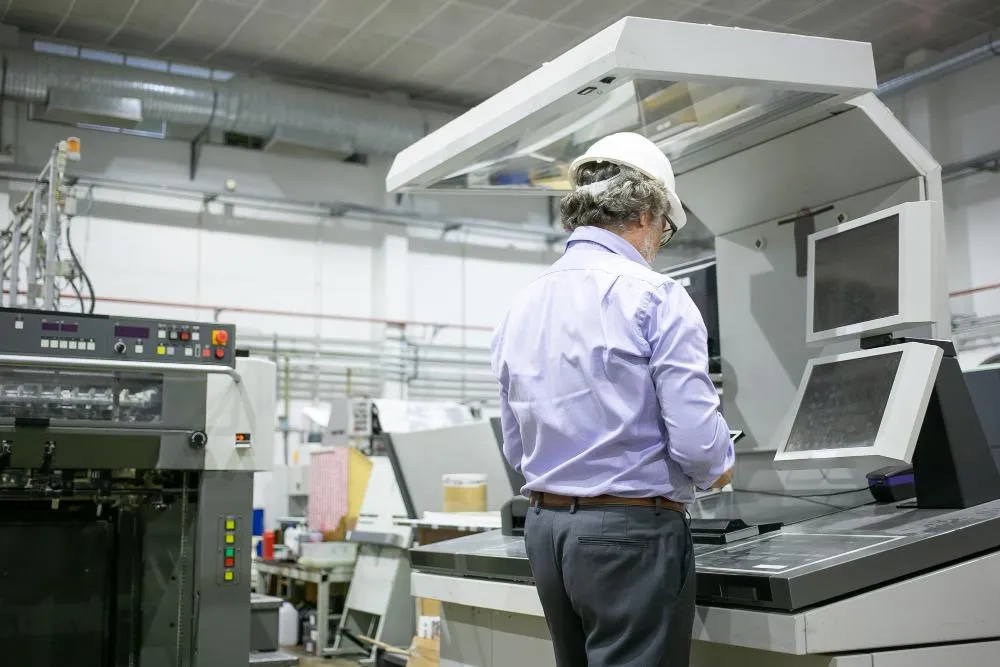BLOG

Balancing Cost & Performance: Selecting the Right Production Printer
For businesses that depend on high-volume printing — whether marketing agencies, in-house print shops, or corporate reprographics departments — the production printer you choose can make or break your bottom line.
Pick the wrong machine, and you’ll face slow turnaround times, frequent downtime, and higher running costs. Choose wisely, and you’ll enjoy fast output, crisp quality, and predictable expenses that scale with your workload.
This article walks you through how to strike the right balance between cost and performance when investing in a production printer for your business in Salt Lake City or beyond.
Why Choosing the Right Production Printer Matters
Production printers are not simple office copiers. They’re built for speed, volume, and accuracy. Selecting the wrong model can lock you into years of inefficiency.
Here’s why this decision is critical:
Throughput impacts deadlines. A printer that can’t keep up delays projects and frustrates clients.
Color consistency affects brand integrity. Inconsistent output leads to reprints and wasted materials.
Running costs add up. High click charges and inefficient consumable use can eat into profit margins.
Downtime is expensive. Production stops mean lost revenue opportunities and overtime costs.
Your printer should support growth, not hold you back.
Key Considerations for Cost vs. Performance
When evaluating production printers, keep these factors in mind to balance your budget with your output needs:
1. Print Volume Capacity
Choose a printer rated for your average monthly duty cycle with headroom for peak months. Running a device at max capacity every day shortens its lifespan and increases maintenance costs.
2. Speed and Throughput
Look beyond the pages-per-minute spec. Consider warm-up time, job changeover time, and finishing speed. A slightly faster machine can save hours over a month.
3. Image Quality
Resolution, color calibration, and consistency all matter — especially for marketing materials. Many production printers now include automated color management to reduce manual adjustments.
4. Total Cost of Ownership
Don’t focus solely on the purchase price. Factor in:
Cost per page or “click charge”
Maintenance contract pricing
Energy consumption
Consumables (toner, drums, fuser units)
5. Workflow Integration
Your printer should fit seamlessly into your existing workflow. Look for compatibility with your print management software, job ticketing systems, and preferred file formats.
6. Service and Support
Downtime kills productivity. Choose a provider with local service technicians in Salt Lake City who can respond quickly and minimize disruptions.
Step-by-Step Guide to Making the Right Choice
Here’s a simple process you can follow:
Assess Your Printing Needs
Review your past 6–12 months of print jobs: volumes, paper sizes, turnaround times, and finishing requirements.Create a “Must-Have” List
Decide which features are essential (speed, duplexing, finishing) versus nice-to-have (specialty media, inline booklet making).Set a Realistic Budget
Include acquisition cost plus 3–5 years of expected service and consumables.Request Demos and Sample Runs
Have vendors run real jobs on their equipment so you can compare quality, speed, and ease of use side-by-side.Evaluate Service Contracts
Look for inclusive agreements that cover parts, labor, and predictable click charges.Plan for Growth
Choose a machine that can scale — either through modular upgrades or by supporting higher volumes if your business expands.
FAQs
What’s the difference between a production printer and a high-end office copier?
Production printers are designed for significantly higher volumes, better color control, and more robust finishing options than standard office copiers.How do I calculate true cost per page?
Add toner, maintenance kits, drums, energy usage, and service contract costs, then divide by total monthly output. This is more accurate than looking at toner cost alone.Is leasing or buying better?
Leasing can be ideal for businesses that want predictable monthly expenses and access to newer technology every 3–5 years. Buying may work if you plan to keep the equipment longer and prefer a capital investment.How long do production printers typically last?
With proper maintenance, most production printers last 5–7 years before major components need replacement.Can I trade in or upgrade later?
Yes, many providers offer trade-in programs or mid-contract upgrades to scale with your business.
Conclusion
Selecting the right production printer isn’t about finding the cheapest option — it’s about finding the machine that offers the best combination of cost efficiency, speed, and output quality for your business needs.
A thoughtful selection process ensures you invest in equipment that supports your growth, protects your margins, and keeps your team productive.
If you’re in Salt Lake City, working with a trusted local office equipment supplier can make this process easier. A knowledgeable provider can audit your needs, recommend the right machine, and back it with reliable service and support.
Our Proud Partners

How It Works
Let Us Take the Cost & Confusion Out of Your Print & Voice Services. Local Service. National Standards.
Close Off
Security Risks
Run Your Printers
On Autopilot
Get New
Equipment Fast
Live On-Site
Support
TESTIMONIALS
Real Reviews From Our Clients
HELPFUL LINKS
CONTACT INFORMATION
Phone:
Email:
Providing Nationwide Sales, Service, and Support
@ Copyright 2025 • Elevated Group • All Rights Reserved

